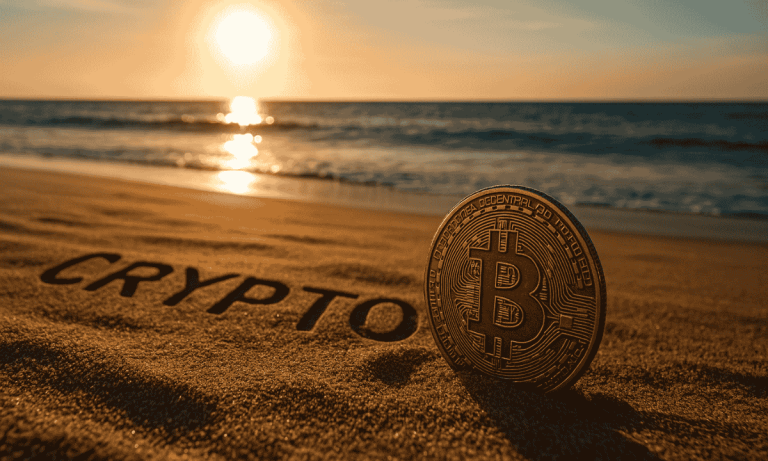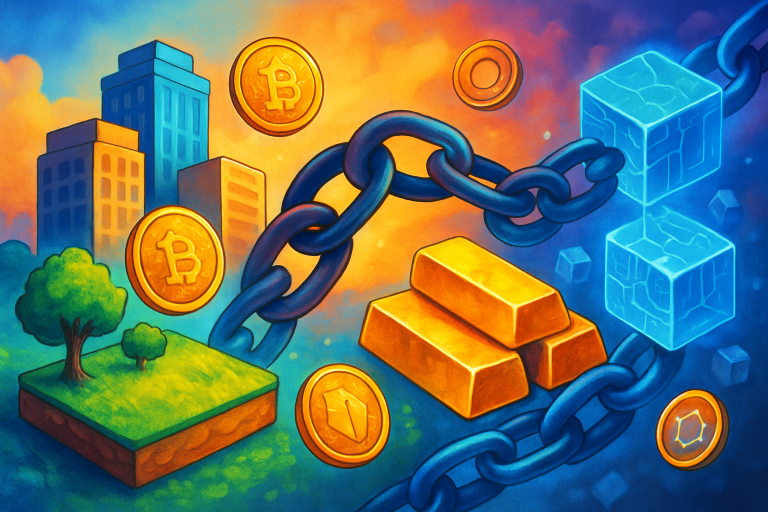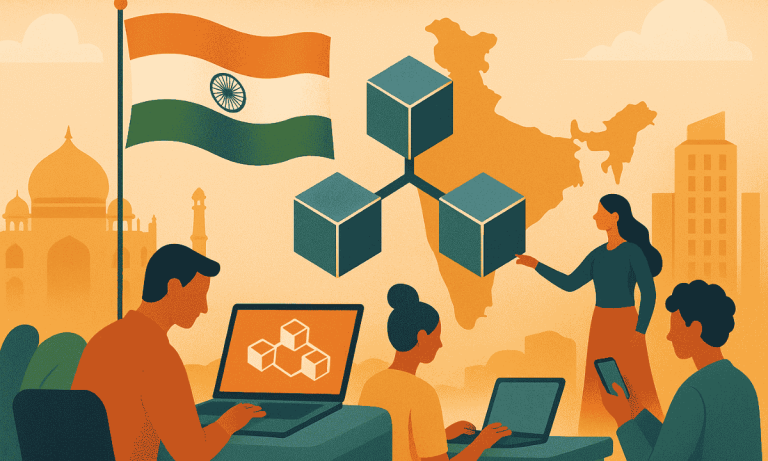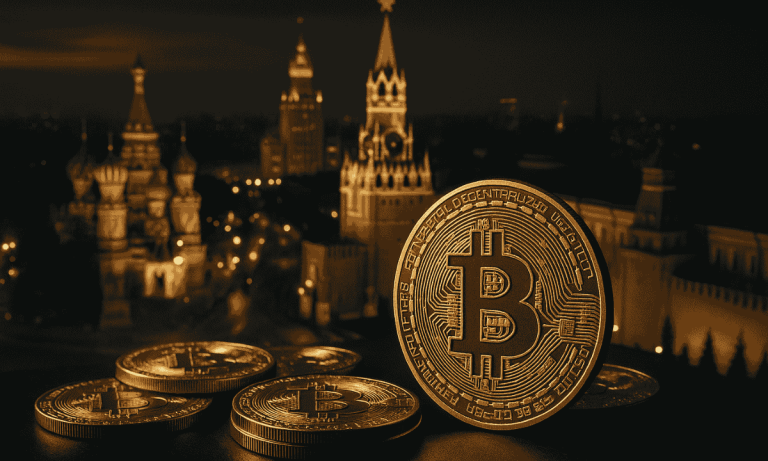Something electric is coursing through Latin America’s financial arteries in 2025—and it’s not just the hum of new servers or the sizzle of fresh smartphone apps. With inflation still biting and local currencies loitering in volatility, millions across the region have skipped the long lines at brick-and-mortar banks and jumped straight to what’s next: Web3. This isn’t just another hype cycle; it’s a deep, broad reordering of how value and opportunity move, and it’s hitting café tables, city squares, and WhatsApp groups in Buenos Aires, São Paulo, Mexico City, and beyond.
When Crypto Isn’t Optional
Start with the numbers: Latin America saw crypto adoption jump by 63% over the past year, with an estimated 55.2 million users in South America alone—a 116% surge year-on-year. Brazil leads, not just regionally but globally, now boasting over 26 million holders (17.5% of its population), while Argentina’s numbers follow close on its heels at nearly 20% ownership. Stablecoins are the silent engine of this boom, providing lifelines to communities battered by runaway inflation or abrupt capital controls. Local exchanges like Bitso and Mercado Bitcoin move billions in flows, with broadening user bases and a palpable tilt toward practical use, not just speculation.
Yet, Web3 here isn’t only about old coins and new wallets. Tokenized assets (from digital pesos to RWA-linked Argentina bonds) are breaking into mainstream consciousness, while on-chain gaming, NFT collections with Latin flavor, and new gig-economy platforms are turning crypto from mere hedge into an everyday economy. Even public events—the cryptosphere’s answer to soccer matches—like Blockchain Rio and DuneCon Buenos Aires, draw crowds of not just coders, but bankers, youth, and state officials eager to hitch their ambitions to the blockchain train.
Movers, Makers, and Moats
Demographically, Millennials and Gen Z are driving the train: nearly 22% of people aged 18–35 in the region own crypto, far outpacing older cohorts (14% for Gen X, just 3.5% for retirees). These younger users aren’t only trading—they’re building. Latin America now hosts about 6% of the world’s Web3 devs, with demand for blockchain skills up 550% and over 108 startups raising $814 million just in early 2023. The mood is contagious: peer-to-peer volumes have exploded 300% year-on-year, and talent is sticking around even as markets lurch up and down.
But the risks are real. Regulation lags ambition. Brazil’s ad crackdown and episodic volatility—like a 17% BTC whip in February—add friction. Yet the hunger for financial access, the need for stability, and an accelerating fintech sector keep propelling adoption and innovation.
Not Just Hype—A New Reality
Field reports bring it home: In a Mexican border town, a mother pays groceries with a stablecoin QR; in rural Brazil, a developer builds a DAO to support local farmers; an Argentine artist mints NFTs from her mobile phone, selling to global collectors. Even as media traffic ebbs and flows, these daily acts knit together a resilient, decentralized network that feels less like a silicon bubble and more like a grassroots movement.
Web3 in Latin America is more than vogue—it’s becoming the unofficial safety net and opportunity engine for a generation that’s done waiting for the old rules to work. As 2025 turns, all signs point skyward: more users, more builders, and more moments where freedom to transact isn’t a luxury, but a question of everyday survival and self-determination.







